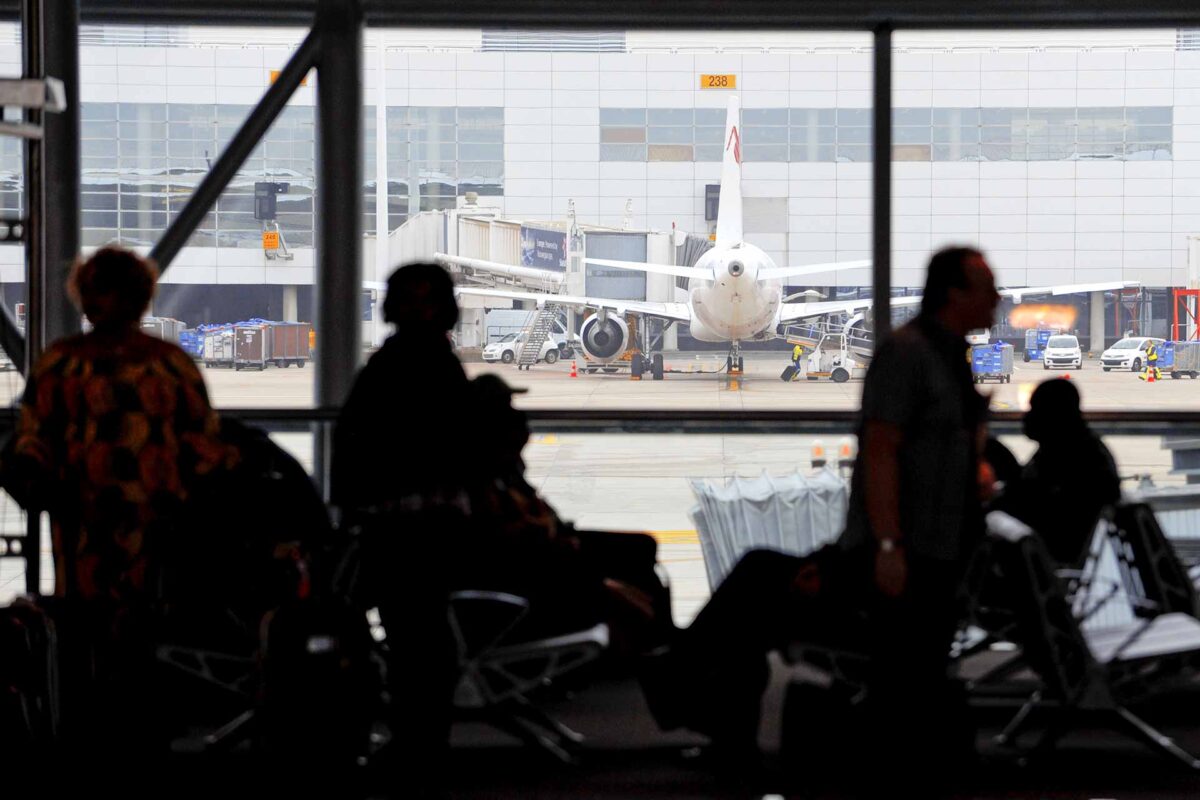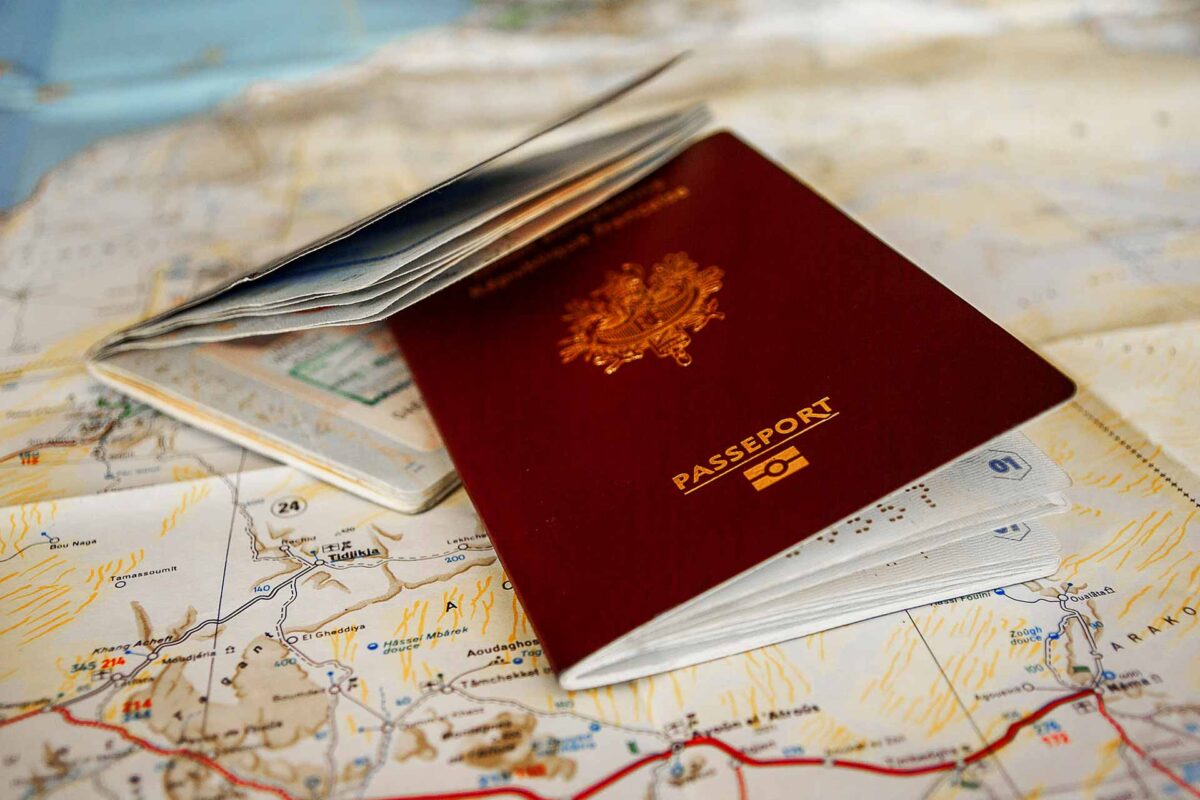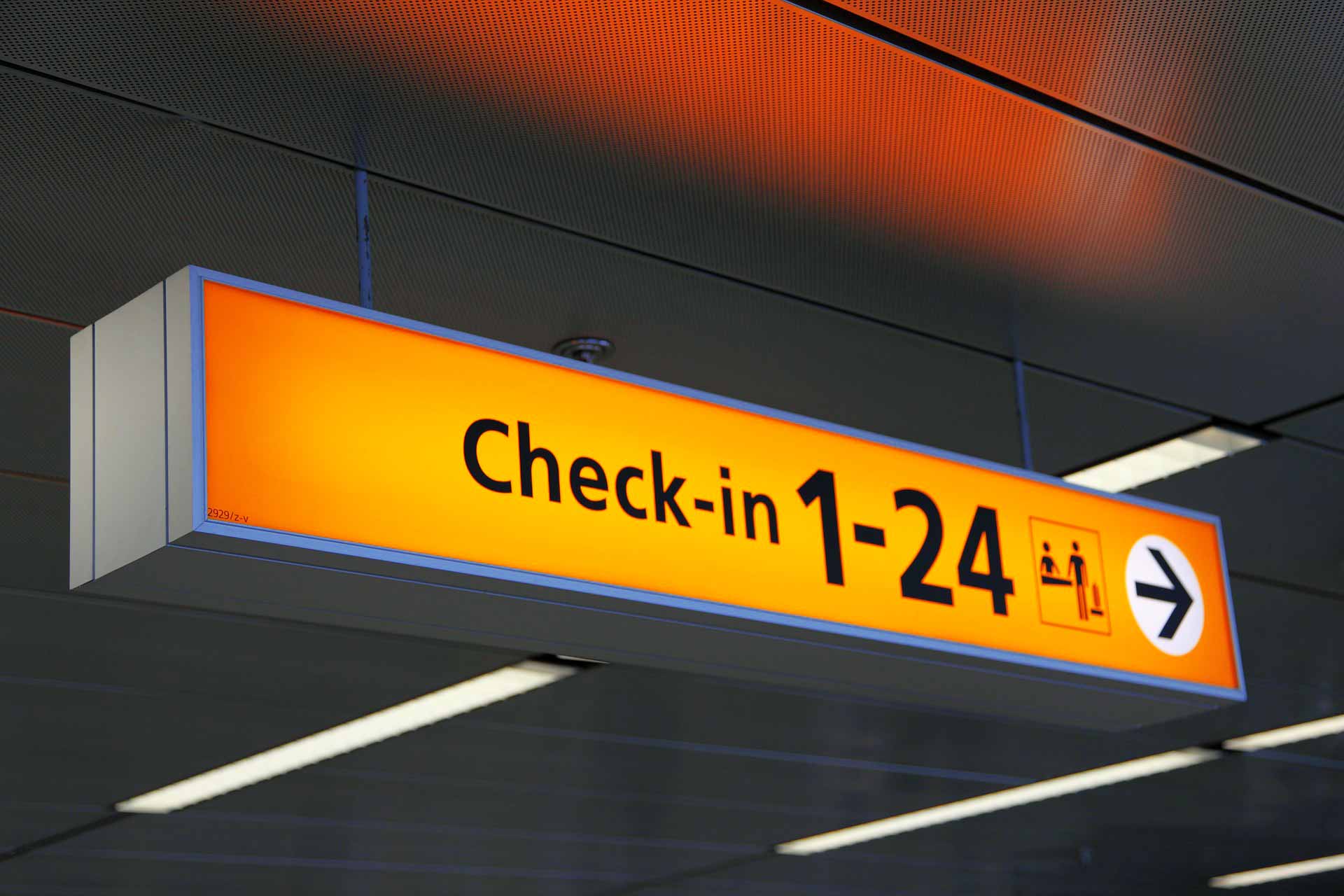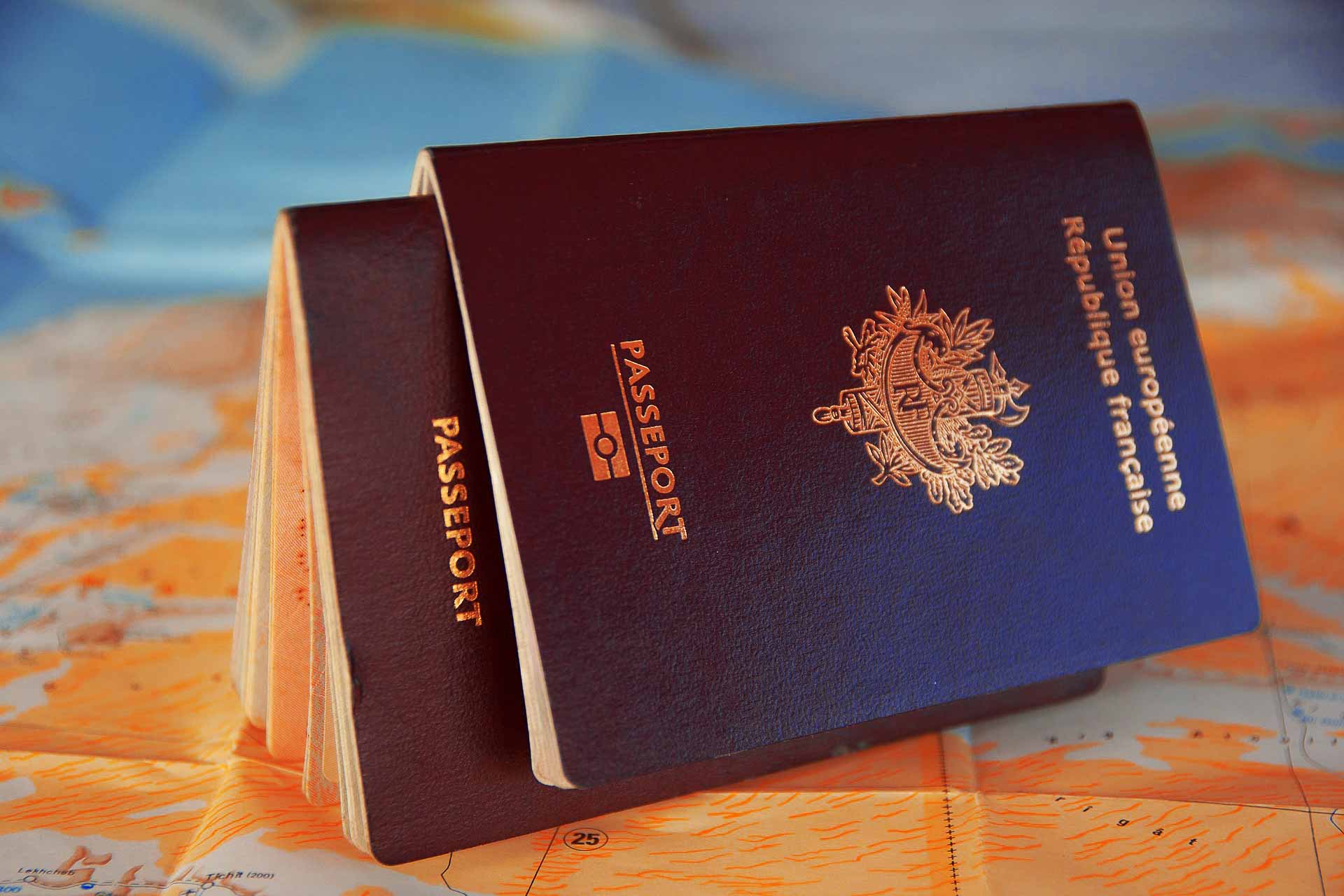The free movement of EU travellers is a fundamental right guaranteed by the EU to its citizens. It enables every EU citizen to travel, work and live in any EU country without special formalities. After months of lockdown and border controls, travel and tourism could soon restart. EU promises we will have summer tourist season. June 15 will be the re-Open borders day of Schengen Area. But there are countries in Coronavirus Blacklist which will open borders for tourism by July 1st.
Which European countries are open for summer tourism travellers?
June
Every country has its own rules in place and its own timetable for reopening to tourists, both from its EU neighbours and worldwide. France agreed to re-open borders with Germany by June 15. Germany and Austria reopen border for everybody on 15th June. Belgium also wants to open borders by 15 June, if the COVID outbreak allows.
UPDATE: EU open borders for outside travellers and tourists by July 1st
July
Spain will allow from July 1st, citizens from other countries to enter Spain. None of the regulations are applicable to Andorra or Gibraltar. Currently, people who enter Spain must stay in quarantine for 14 days, but this will end on July 1 according to officials.
The Greek government has decided to open its borders for tourists from the Schengen zone, the European Union and Israel. Greece opens from mid-June or July 1 the latest, as the number of Coronavirus infection cases has started to decrease. Flights suspension extension till end of June includes many countries according to EASA airports “black list”.
Malta‘s Tourism Ministry announced on Sunday, May 31, that it will reopen tourism travel on July 1.
Norway will consider exemptions by July 20, for some nearby European countries. For the moment Norway has a 10-day quarantine for those returning from international travel.
Find here the 34 high-risk transmission countries

Coronavirus Border Controls for travellers
The reintroduction of border control at the internal borders must remain an exception and must respect the principle of proportionality. The scope and duration of such a temporary reintroduction of border control at the internal borders is limited in time and should be restricted to the bare minimum needed to respond to the threat in question. Reintroducing border control at the internal border should only ever be used as a measure of last resort.
Travellers in quarantine!
The reintroduction of border control is a prerogative of the Member States. The Commission may issue an opinion with regard to the necessity of the measure and its proportionality but cannot veto such a decision if it is taken by a Member State. Ursula von der Leyen works to Save Summer 2020 and reboot Europe’s tourism. EU left the final decision to its member states to open their borders to tourists, and when their own people can travel again up to the different countries.
15 June 2020
Schengen Area OPEN Day

Current Temporarily Reintroduced Border Controls. Temporarily reintroduced border controls in the context of cases requiring immediate action:
Iceland (24 April – 3 June 2020)
Coronavirus COVID-19; all internal borders.
Temporarily reintroduced border controls in the context of foreseeable events:
Slovakia (28 May – 26 June 2020)
Coronavirus COVID-19; all internal borders;
Spain (10 May – 7 June 2020)
Coronavirus COVID-19; all internal borders;
Germany (16 May – 15 June 2020)
Coronavirus COVID-19; land and air borders with Austria, Switzerland,France, Denmark, Italy and Spain, sea border with Denmark;
Germany (12 May – 11 November 2020)
Secondary movements, situation at the external borders; land border with Austria;
Estonia (18 May – 16 June 2020)
Coronavirus COVID-19; internal air and sea borders;
Portugal (15 May – 15 June 2020)
Coronavirus COVID-19; land border with Spain;
Poland (14 March – 12 June 2020)
Coronavirus COVID-19; land borders with Czechia, Slovakia, Germany,Lithuania, sea borders, air borders;
Hungary (12 May – 11 November 2020)
Coronavirus COVID-19; all internal land and air borders;
Finland (19 March – 14 June 2020)
Coronavirus COVID-19; all internal borders;
Lithuania (14 May – 31 May 2020)
Coronavirus COVID-19; all internal borders;
Czechia (14 May – 13 June 2020)
Coronavirus COVID-19; land borders with Austria and Germany, air borders;
Austria (8 May – 15 Juine 2020)
Coronavirus COVID-19; land borders with Germany, Italy, Switzerland, Liechtenstein, Slovakia and Czechia;
Belgium (19 May – 8 June 2020)
Coronavirus COVID-19; all internal borders;
EU “blacklist” of airports to save Safe Summer holidays
Switzerland (14 May – 8 June 2020)
Coronavirus COVID-19; all internal air and land borders except from borders with Liechtenstein;
Austria (12 May 2020 – 11 November 2020)
Secondary movements, risk related to terrorists and organized crime, situation at the external borders; land borders with Hungary and with Slovenia;
Sweden (12 May – 11 November 2020)
Terrorist threats, shortcomings at the external borders; to be determined but may concern all internal borders;
Denmark (12 May – 12 November 2020)
Coronavirus COVID-19 (to the extent necessary), terrorist threats, organized criminality; all internal borders;
France (1 May – 31 October 2020)
Coronavirus COVID-19; continuous terrorist threat and risk of terrorists using the vulnerability of States due to COVID-19 pandemics; support to measures aiming at containing the spread of virus; all internal borders;
Norway (12 May – 11 November 2020)
Terrorist threats, secondary movements; ports with ferry connections with Denmark, Germany and Sweden;
Norway (15 May – 13 August 2020)
Coronavirus COVID-19; all internal borders.
Safest destinations to travel in Europe

Are there Coronavirus free areas for EU travellers?
The tourism ecosystem has been one of the most affected by the heavy restrictions on movement and travel imposed in the wake of Coronavirus outbreak. EU presented a common framework providing criteria to safely and gradually restore tourism activities. Developing health protocols have been delivered for hotels and other forms of accommodation, to protect the health of both guests and employees.
Schengen Area for travellers
The Schengen Area is one of the greatest achievements of the EU. It is an area without internal borders, an area within which citizens, many non-EU nationals, business people and tourists can freely circulate without being subjected to border checks. Since 1985, it has gradually grown and encompasses today almost all EU States and a few associated non-EU countries.
While having abolished their internal borders, Schengen States have also tightened controls at their common external border on the basis of Schengen rules to ensure the security of those living or travelling in the Schengen Area.
400 million EU travellers
Schengen cooperation enhances freedom by enabling citizens to cross internal borders without being subjected to border checks. The border-free Schengen Area guarantees free movement to more than 400 million EU citizens, as well as to many non-EU nationals, businessmen, tourists or other persons legally present on the EU territory.
















Schengen borders open for citizens of members states?
It doesn’t feel that way since eg. Denmark only allows citizens of a few nationalities
such as Germans (€€€ motivated?). Being excluded purely on the basis of nationality
borders on racism, at least that is how it feels.